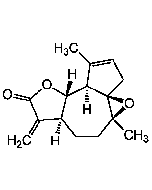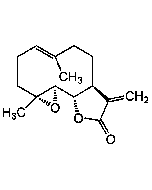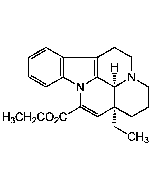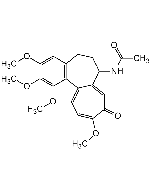Cookie Policy: This site uses cookies to improve your experience. You can find out more about our use of cookies in our Privacy Policy. By continuing to browse this site you agree to our use of cookies.
AdipoGen Life Sciences
Glyburide (USP)
As low as
40
CHF
CHF 40.00
In stock
Only %1 left
AG-CR1-3613-G0011 gCHF 40.00
AG-CR1-3613-G0055 gCHF 65.00
AG-CR1-3613-G01010 gCHF 110.00
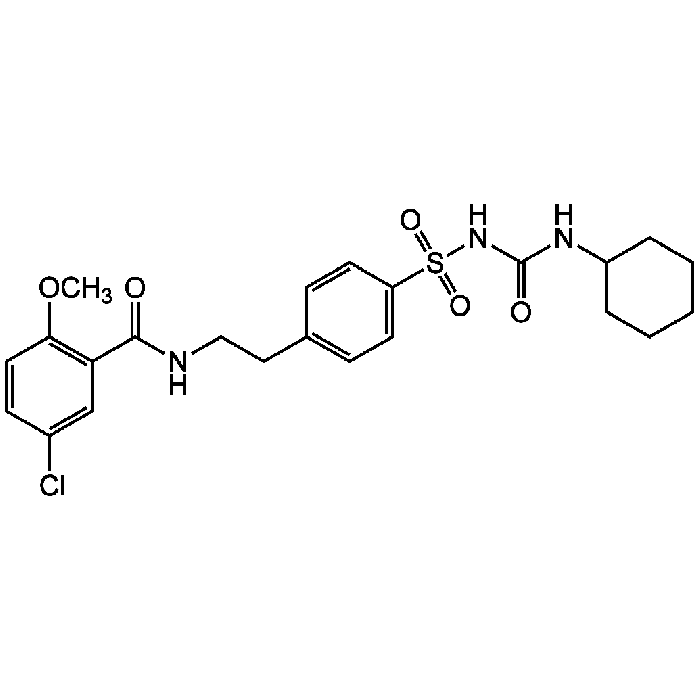
| Product Details | |
|---|---|
| Synonyms | Diabeta; Glibenclamide |
| Product Type | Chemical |
| Properties | |
| Formula |
C23H28ClN3O5S |
| MW | 494.0 |
| Merck Index | 14: 4478 |
| CAS | 10238-21-8 |
| Purity Chemicals | ≥98% |
| Appearance | White to off-white solid. |
| Solubility | Soluble in DMSO. Slightly soluble (<1mg/ml) in ethanol (gentle warming). |
| InChi Key | ZNNLBTZKUZBEKO-UHFFFAOYSA-N |
| Smiles | COC1=C(C=C(Cl)C=C1)C(=O)NCCC1=CC=C(C=C1)S(=O)(=O)NC(=O)NC1CCCCC1 |
| Shipping and Handling | |
| Shipping | AMBIENT |
| Short Term Storage | +4°C |
| Long Term Storage | -20°C |
| Handling Advice | Keep cool and dry. |
| Use/Stability | Stable for at least 2 years after receipt when stored at -20°C. |
| Documents | |
| MSDS |
 Download PDF Download PDF |
| Product Specification Sheet | |
| Datasheet |
 Download PDF Download PDF |
Description
- Antidiabetic compound.
- Binds to and activates the ATP-sensitive potassium channels (KATP) inhibitory regulatory subunit sulfonylurea receptor 1 (SUR1).
- Causes cell membrane depolarization and opening of voltage-dependent calcium channel.
- Increases intracellular calcium and stimulates insulin secretion in β cells
- NLRP3 inflammasome inhibitor.
- Broad-spectrum ATP-binding cassette (ABC) transporter inhibitor.
- Shown to have anti-leishmanial activity.
- Potential inhibitor of collagenases.
Product References
- Glyburide: a second-generation sulfonylurea hypoglycemic agent. History, chemistry, metabolism, pharmacokinetics, clinical use and adverse effects: J.M. Feldman; Pharmacotherapy 5, 43 (1985)
- The receptor for antidiabetic sulfonylureas controls the activity of the ATP-modulated K+ channel in insulin-secreting cells: H. Schmid-Antomarchi, et al.; J. Biol. Chem. 262, 15840 (1987)
- Antidiabetic sulfonylureas control action potential properties in heart cells via high affinity receptors that are linked to ATP-dependent K+ channels: M. Fosset, et al.; J. Biol. Chem. 263, 7933 (1988)
- Sensitivity of a renal K+ channel (ROMK2) to the inhibitory sulfonylurea compound glibenclamide is enhanced by coexpression with the ATP-binding cassette transporter cystic fibrosis transmembrane regulator: C.M. McNicholas, et al.; PNAS 93, 8083 (1996)
- The sulphonylurea glibenclamide inhibits multidrug resistance protein (MRP1) activity in human lung cancer cells: L. Payen, et al.; Br. J. Pharmacol. 132, 778 (2001)
- Glibenclamide, a blocker of K+(ATP) channels, shows antileishmanial activity in experimental murine cutaneous leishmaniasis: X. Serrano-Martin, et al.; Antimicrob. Agents Chemother. 50, 4214 (2006)
- CFTR inhibition by glibenclamide requires a positive charge in cytoplasmic loop three: P. Melin, et al.; Biochim. Biophys. Acta 1768, 2438 (2007)
- Glyburide inhibits the Cryopyrin/Nalp3 inflammasome: M. Lamkanfi, et al.; J. Cell. Biol. 187, 61 (2009)
- Glyburide in treating malignant cerebral edema. Blocking sulfonyl urea one (SUR1) receptors: T.V. Pallan & I. Ahmed; J. Vasc. Interv. Neurol. 7, 23 (2014)
- In vitro biological evaluation of glyburide as potential inhibitor of collagenases: V.L. Bodiga, et al.; Int. J. Biol. Macromol. 70, 187 (2014)
- NLRP3 inflammasome activation is essential for paraquat-induced acute lung injury: Z. Liu, et al.; Inflammation 38, 433 (2015)







